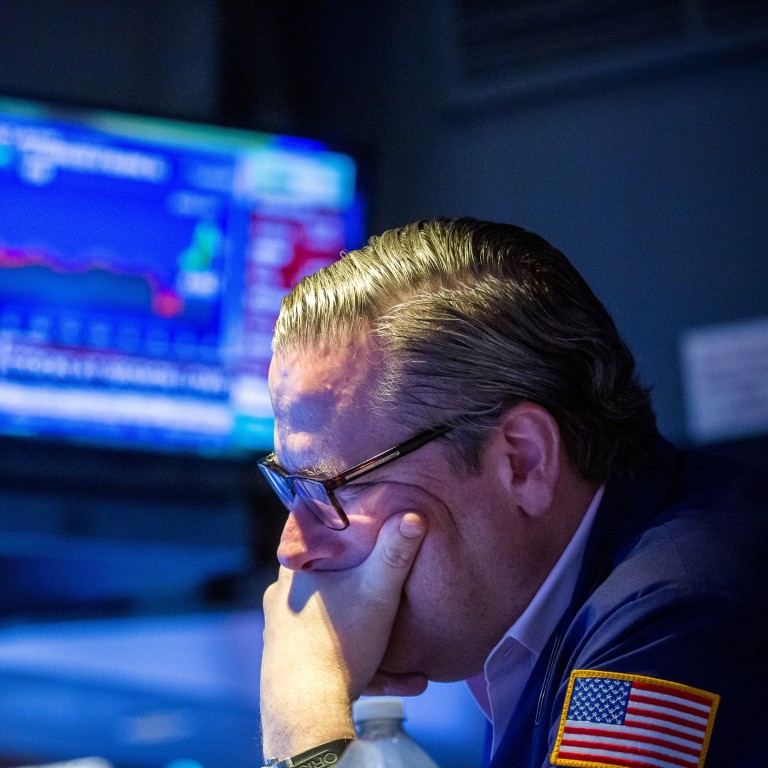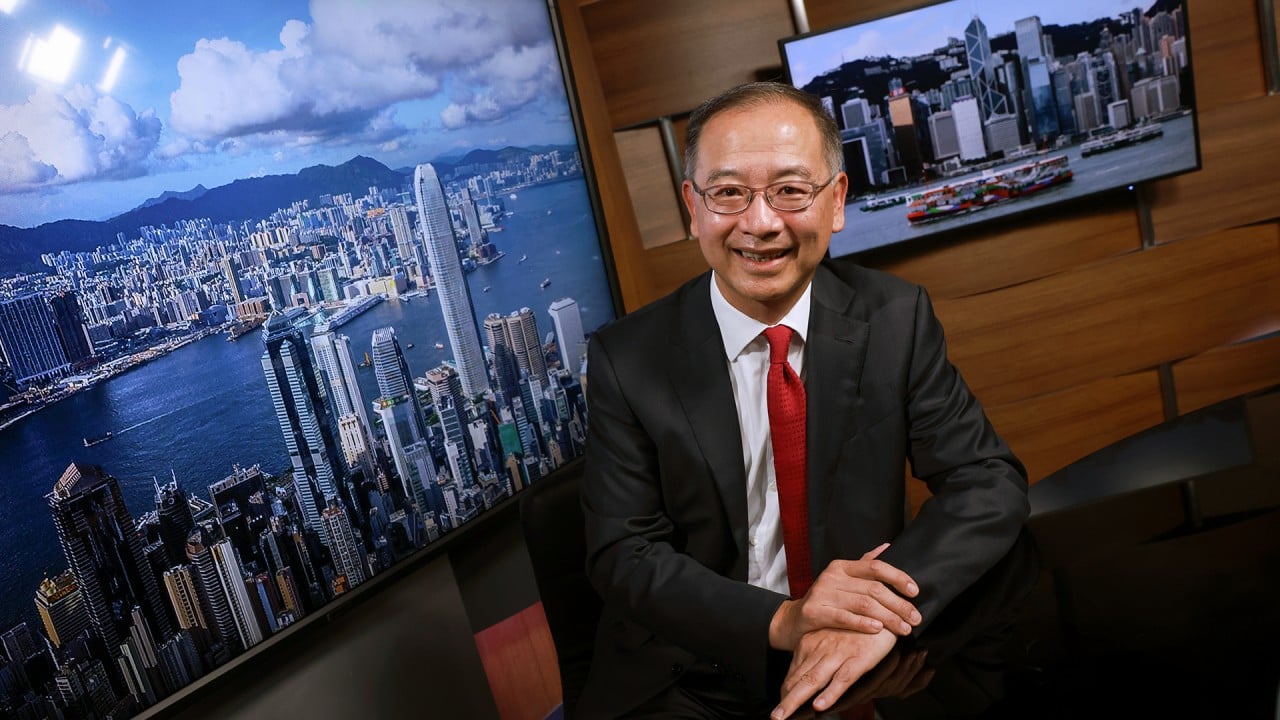
Why a Fed pivot on interest rates is just wishful thinking
- Market talk that interest rates could peak soon is just talk. With US inflation still elevated and the jobs market holding up, the Fed has no reason to stop the hikes
- Even if it is closer to the end of its hiking cycle than it is to the beginning, it is likely it would want to linger at the top of its hiking cycle before it starts to cut rates
At this point, it is quite safe to say there are plenty of pivots by dancers in the Hong Kong Ballet, but no signs of any by American central bankers.
“If the US continues to raise interest rates, it is expected that the Hong Kong dollar interbank rates will continue to rise,” he said in a statement. “The public should be prepared for the commercial interest rates to rise further, and carefully assess and manage the relevant risks when making property purchases, mortgages or other borrowing decisions.”
This is sound advice because, as suggested by a broad sweep of recent United States economic data, there is every chance that the Fed will not only hike interest rates again next month, but also move yet again on February 1.
The bottom line is that US consumer price inflation continues to be elevated, sticky, and certainly way above the Fed’s 2 per cent target. The core personal consumer expenditures price index, a figure which Fed chair Jerome Powell directly cited in the post-rate hike press conference last week, was 5.1 per cent year-on-year in September, still impervious to the US central bank’s monetary policy tightening to date.
Admittedly, data released last Friday showed the US unemployment rate ticking up to 3.7 per cent in October from 3.5 per cent in September, but that still remains historically low. The same batch of data showed another healthy increase in nonfarm payrolls.
The consensus among economists polled by Reuters had been for an increase of 200,000 jobs in October, but the actual figure released by the US Bureau of Labour Statistics was 261,000, while the September number was revised upwards to 315,000 jobs from the previously reported 263,000.
Fed’s excesses of 2008 put the world on course for another disaster
As for average hourly earnings, they ticked up by 0.4 per cent month-on-month in October for an annualised gain of 4.7 per cent.
This doesn’t feel like a US labour market that should give the Fed cause for concern as it contemplates its next moves; at most, it suggests the possibility of future hikes of 0.5 per cent, rather than 0.75 per cent.
Indeed, writing well in advance of last Friday’s jobs data, economists at US bank Goldman Sachs had already concluded that the Federal Reserve could push rates up as far as 5 per cent by March 2023.

If 5 per cent proves to be in the ballpark, then it’s quite clear that the US central bank is closer to the end of its hiking cycle than it is to the beginning, though it should be emphasised that getting to that terminal rate doesn’t automatically mean the Fed will then start cutting rates soon afterwards.
This isn’t like ascending Mount Everest where the thinness of the air at the summit doesn’t allow much time for reflection; it’s more akin to a well-provisioned hike to Lantau Peak where hikers can then take their time enjoying the vistas before descending.
The Federal Reserve would want to linger at the top of its hiking cycle before it starts to cut rates because it’s not just driving down the pace of US inflation that matters to the Fed; it’s also about being seen to have done so, in order to restore the reputational credibility that took a knock after the central bank’s earlier mischaracterisation of rising US inflation as “transitory”.
HKMA CEO Yue’s note of caution to the public, in last week’s statement, is well-founded.
There will be pivots aplenty in the Hong Kong Ballet’s seasonal performances of Tchaikovsky’s The Nutcracker in December, but those looking for one by the Federal Reserve will be disappointed. The Fed’s interest rate hikes are nowhere near finished.
Neal Kimberley is a commentator on macroeconomics and financial markets


